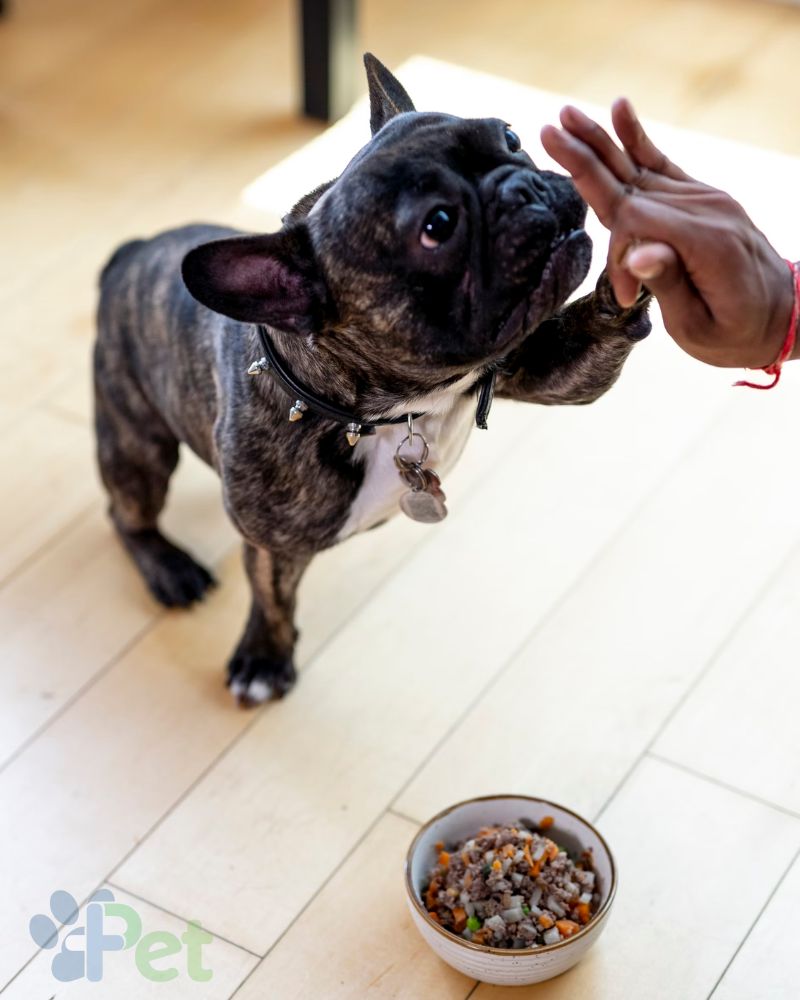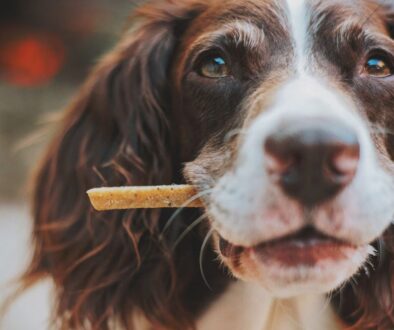How to choose the best food for your dog based on his age and size
Don't you know which food is best for your dog?
Discover how to choose the ideal food according to age and size.
Make sure your furry friend is well nourished!
Choosing the right food for your dog can be challenging, especially with so many options available on the market. Did you know that your dog’s diet should vary based on their age, size, and activity level? In this article, we explain everything you need to know to select the best food for your dog and ensure that it receives the nutrients it needs for a healthy and happy life.
Why is choosing the right food important?
Nutrition is key to your dog’s health. A proper diet not only provides energy but also strengthens their immune system, improves their coat, and prevents disease. Choosing the wrong food can lead to problems like obesity, allergies, or nutritional deficiencies.
How to Choose Food Based on Your Dog’s Age
- Puppies: They need foods rich in protein (at least 22-32%) and fat (around 8-20%) to support their rapid growth. Look for puppy-specific options.
- Size:
Small breeds: Small, easy-to-chew kibble (nothing hard).
Large breeds: Specific food for bone development (avoid excess calcium).
You can add natural options like fruits..
- Safe fruits:
Apple (seedless): Aids digestion.
Pear (peeled): Source of fiber and vitamin C.
- Safe fruits:
- Size:

Adults: They require a balanced diet with 18-25% protein and 5-15% fat, depending on their activity level. Research your dog’s breed’s activity level; this will also help you understand their personality.
- Size:
Small dogs: Higher caloric density (they burn energy quickly).
Large dogs: Weight control to avoid joint overload.
- You can add natural foods such as:
- Safe fruits:
Blueberries: Antioxidants (protects their immune system).
Watermelon (seedless and rindless): Hydrating in summer.
- Safe fruits:
- Size:
- Senior (7+ years): Older dogs, our seniors, need fewer calories and more fiber to support their digestion and mobility. Look for foods with 18-22% protein and additives like glucosamine for joints. Also, keep in mind that their teeth are no longer as strong; give them foods they can chew easily, not too dry or hard.
Needs: Fewer calories, more fiber, and joint supplements (glucosamine).
Safe fruits you can naturally include:
Cooked pumpkin: Regulates bowel movements (ideal for constipation).
Melon (cut into chunks): Low in calories and rich in water.
Sizes and breeds have their own characteristics, and the best food for your dog based on their age and size should be adjusted based on their development.
- Small breeds: They have faster metabolisms and need foods rich in calories and nutrients. Look for options with 25-30% protein and 15-20% fat.
- Medium breeds: They require a balanced diet that maintains their energy and ideal weight. Opt for foods with 22-26% protein and 10-15% fat.
Large breeds: They need foods that support their joints and prevent bone problems. Choose options with 20-24% protein, 8-12% fat, and additives like glucosamine and chondroitin.
Additional Factors to Consider
Activity Level: Active dogs need more protein (25-30%) and fat (15-20%), while sedentary dogs require fewer calories (18-22% protein and 8-12% fat).
- Allergies or Sensitivities: If your dog has allergies, choose hypoallergenic or grain-free foods.
- Quality Ingredients: Look for foods with meat as the first ingredient and avoid artificial fillers.
PLEASE! Keep in mind:
⚠️ Fruits they should NEVER eat:
- Grapes/Raisins: Toxic to the kidneys.
- Avocado: Contains persin (dangerous to the heart).
- Citrus Fruits (orange, lemon): Can irritate their stomach.
Key Tip:
Fruits are an occasional addition; don’t get carried away with them. Fruit shouldn’t exceed 10% of a dog’s diet. Always remove seeds and hard skins and introduce new fruits in small amounts to assess tolerance.
Selecting the best food for your dog based on their age and size doesn’t have to be complicated. If you consider their activity level and specific needs, you can provide a diet that keeps them healthy and happy. Remember to consult your veterinarian to make sure you’re making the right choice.
What type of food do you feed your dog?
Research more about pet nutrition. Do you know what the BARF Diet is?
Share your tips with other pet owners!
If you enjoyed this article, don’t forget to share it.


